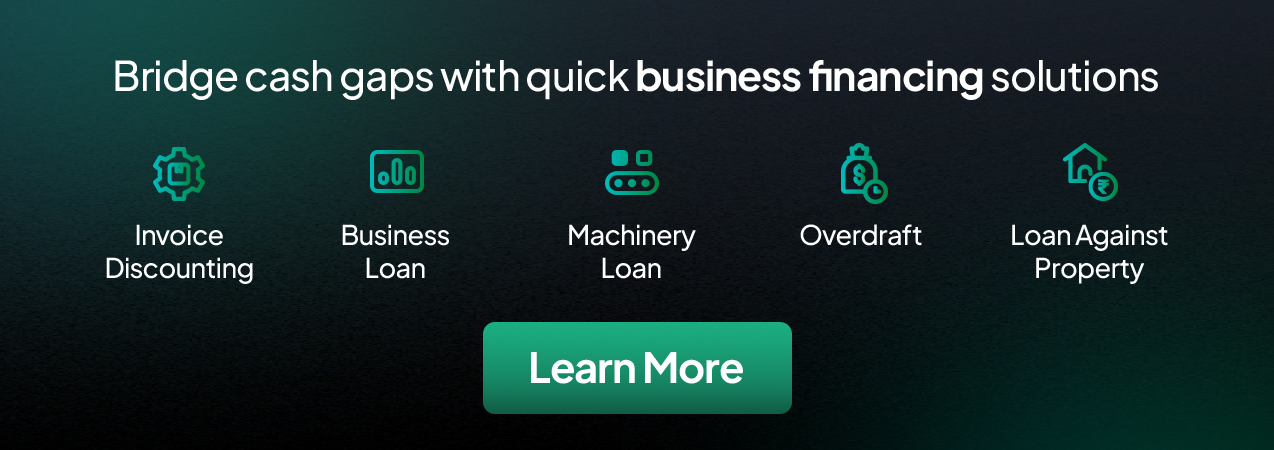Complete Guide to the Vendor Selection Process

Vendors are arguably the most critical stakeholders in your supply chain. Your suppliers set off your supply chain process in the procurement phase, after which other phases, such as production, warehousing, packaging, and delivery, take precedence. More importantly, the choice of vendors and materials influence the quality control and integrity of your products and overall supply chain. Therefore, your vendor selection process, including vendor discovery, evaluation, and selection, is just as vital for your growth as any other process. To help make these activities more effective and convenient, businesses are increasingly adopting technology-driven solutions, such as electronic discovery vendor systems and digital vendor management systems. Whether it is performed manually or through digital vendor management tools, during the vendor selection process, it is essential to first determine what metrics are most critical to the process. Some of those metrics are discussed below.
Factors to Consider Before the Vendor Selection Process
There are several parameters that businesses need to consider during vendor selection. These are:

Price
The prices in international trade are already at incredibly high levels. Costs related to freight carriage, drayage, loading and unloading, documentation, and other aspects contribute to the high expenses. Therefore, businesses need to consider the most cost-efficient option for vendors to keep the overall operational costs under control. Essentially, businesses need to strike a balance between quality and price. This means that material purchases that fall in the low-cost-low quality bracket should not be considered.
Quality
Quality essentially represents the ability and willingness of a vendor to meet your demands and specifications regarding material quantity and quality. If the vendor agrees to sell high-quality materials for reasonable prices, that is a good sign for businesses.
Size of vendor's business
This can be a subjective choice for businesses during vendor discovery. There are many trade experts who recommend that businesses should make large purchase orders from large businesses. However, they may be able to get better offers and personalization from smaller suppliers. So, this parameter is one that is open to interpretation from the supplier's perspective.
Location
Local vendors may have issues with delivering quality materials, but the speed of delivery is definitely higher for such suppliers. Therefore, this is another metric in which a given business needs to decide the balance it needs between quality and speed. Essentially, local suppliers are a better option when material quantities required are small, whereas distant, more accomplished suppliers can be relied upon to deliver larger consignments.
Delivery speed
Arguably, the most significant aspect when it comes to vendor selection. This plays a huge role in determining the lead time of the supply chain. Needless to say, the vendor must be quick to deliver the goods.
Delivery guarantee
The last thing a business needs is vendors leaving them stranded on the day of material delivery. Therefore, vendors must be willing to assure businesses in writing about making the deliveries on time. In case they fail to deliver these consignments on time, such vendors will face legal ramifications of the same.
An assurance clause will be included in the service contract for this guarantee to enter the supplier-buyer agreement.
With these metrics in place, businesses can follow a set procedure to optimize their vendor management.

{{blog-form}}
Steps in the Vendor Selection Process
Here is a sequence of measures that need to be taken while selecting a vendor:
Evaluate business requirements
Your business must know the exact scale of the material requirements for your supply chain operations and other related aspects before diving into vendor selection. Your department heads and management need to create the frameworks and targets regarding the tasks and deliverables. Apart from planning for the prospective vendors, this phase also includes budgeting and the creation of an overall vendor management strategy. This process also includes the clear outlining of requirements, which allows businesses to enter the next step: conducting serious, pre-solicitation planning.
Conduct pre-solicitation planning
This critical step includes the decision regarding whether the products or services of a business will be produced within the organization or outsourced to the suppliers being evaluated. In this step, facets such as market research and production plans will be made. Some companies may use this step to create Request For Proposals (RFPs). These documents are sent to prospective vendors to clearly outline the buyer's requirements, enlist the terms of procurement, and invite solicited proposals for partnership. Additionally, vendors can get a glimpse of their client’s procurement strategies and vendor management during this process.
Identify suitable vendors
During supplier selection, businesses generally consider specific parameters, such as whether they had dealt with certain vendors or not, the frequency of dealing with certain vendors, the list of vendors used by competitors, and other factors. Such, and several other aspects, before creating a list of vendors who will be able to satisfy the daily requirements of the business when it comes to material supply.
Once such a list of vendors is identified, businesses can narrow it down based on why they’re conducting the vendor selection process.

Write a Request for Proposal (RFP) & Request for Quotation (RFQ)
As stated earlier, certain organizations may place this step of the vendor selection process much earlier. After the vendors are selected, businesses need to draft their Request for Quotation (RFQ) or an RFP. These documents will have information such as an introductory brief and an executive summary, an overview and background of the business, terms and conditions, and other details.
Basically, this step is all about inviting vendors to participate in bidding to gain access to your partnership.
Negotiate terms of the contract
Once a business narrows its list of suppliers to smaller numbers, they need to enter multiple rounds of negotiations to lower the price, optimize the supply quantities, configure assurance terms, and other negotiables. The terms of the agreement regarding the partnership will be hashed out at this stage.
Create a service contract
In this final stage, the negotiations, material requirements, budgets, management opinions, and other aspects are embedded to create the service contract. The service contract will be a legally binding document. It will include terms such as vendor compensation, payment terms, due dates, penalties, and payments. Elements such as vendor termination and similar aspects will be included in this step.
The manually conducted vendor selection process will always have a specific time and cost-related issues. On the other hand, the electronic discovery of vendors and the usage of digital vendor management can simplify and speed up the process.

For automation of vendor management and overall digitized vendor management, companies can rely on Bizongo's digital solutions. With our vendor management system, businesses can keep tabs on vendors’ performance statistics, contract details, timeliness, and other aspects on our digitized dashboard without spending too much time or effort. Kindly contact us to know more about Bizongo's automated vendor management and how our technology helps with vendor selection.



